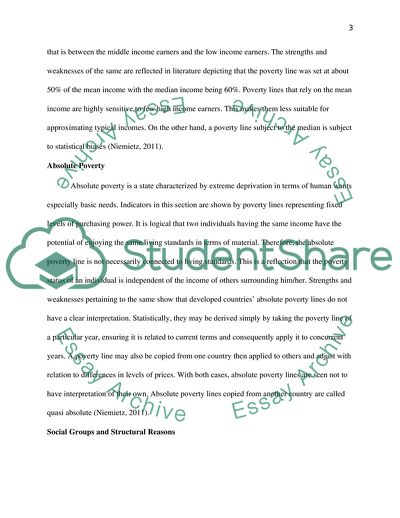Cite this document
(Relative Poverty, Absolute Poverty, Social Groups and Structural Essay Example | Topics and Well Written Essays - 1500 words, n.d.)
Relative Poverty, Absolute Poverty, Social Groups and Structural Essay Example | Topics and Well Written Essays - 1500 words. https://studentshare.org/sociology/1822086-poverty
Relative Poverty, Absolute Poverty, Social Groups and Structural Essay Example | Topics and Well Written Essays - 1500 words. https://studentshare.org/sociology/1822086-poverty
(Relative Poverty, Absolute Poverty, Social Groups and Structural Essay Example | Topics and Well Written Essays - 1500 Words)
Relative Poverty, Absolute Poverty, Social Groups and Structural Essay Example | Topics and Well Written Essays - 1500 Words. https://studentshare.org/sociology/1822086-poverty.
Relative Poverty, Absolute Poverty, Social Groups and Structural Essay Example | Topics and Well Written Essays - 1500 Words. https://studentshare.org/sociology/1822086-poverty.
“Relative Poverty, Absolute Poverty, Social Groups and Structural Essay Example | Topics and Well Written Essays - 1500 Words”. https://studentshare.org/sociology/1822086-poverty.


